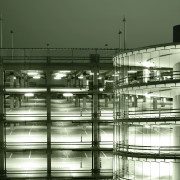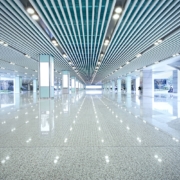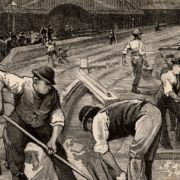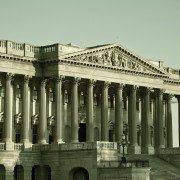Eliminating Bi-Level Requirements for the 179D
Section 179D allows for several methods to be used to qualify for the incentive. The rules are colloquially named as the Interim Rule and the Permanent Rule. The Permanent Rule allows several different combinations to qualify partially for the deduction. For lighting purposes, it requires a complex energy model to be simulated, and the energy and power costs to be compared to a reference building prescribed by ASHRAE 90.1. If the building and its’ systems prove to be efficient by 25% or more, it will qualify for a 179D lighting deduction.
There are few third party verifiers that can correctly model the building under the Permanent Rule. Most in the lighting industry opt for the simpler method allowed under the Interim Rule. This rule calls for the building’s Lighting Power Density (LPD) to be reduced by 25-40% for buildings, and 50% for warehouses compared to ASHRAE 90.1 LPD minimums. The LPD is a ratio of the total watts divided by the total area of the building. However, using this method requires the spaces to meet bi-level requirements.
The term bi-level refers to having the lighting systems in each required area equipped with one more option other than on and off. This is most commonly met by having occupancy sensors. In some projects, it can be costly to implement these sensors to meet the requirement. But without consideration of the Permanent Rules they may be the only option for qualifying for the 179D deduction.
By electing to use the Permanent Rule and calculating the energy and power cost savings that the improvements will have on the building, the bi-level requirement can be eliminated to qualify for the 179D Deduction. Also, if your building’s lighting system is highly efficient compared to the ASHRAE 90.1 standards, the building may be eligible for a full building deduction of $1.80 per square foot. This may occur if the changes to the lighting combined with the existing HVAC and building envelope systems are significant enough to reduce the energy and power costs by 50% or more. Keep in mind that this can only be achieved through the Permanent Rule energy model and should be verified by specialized 179D engineers.
For more information on 179D and Bi-Level requirements, sign up for our newsletter.











